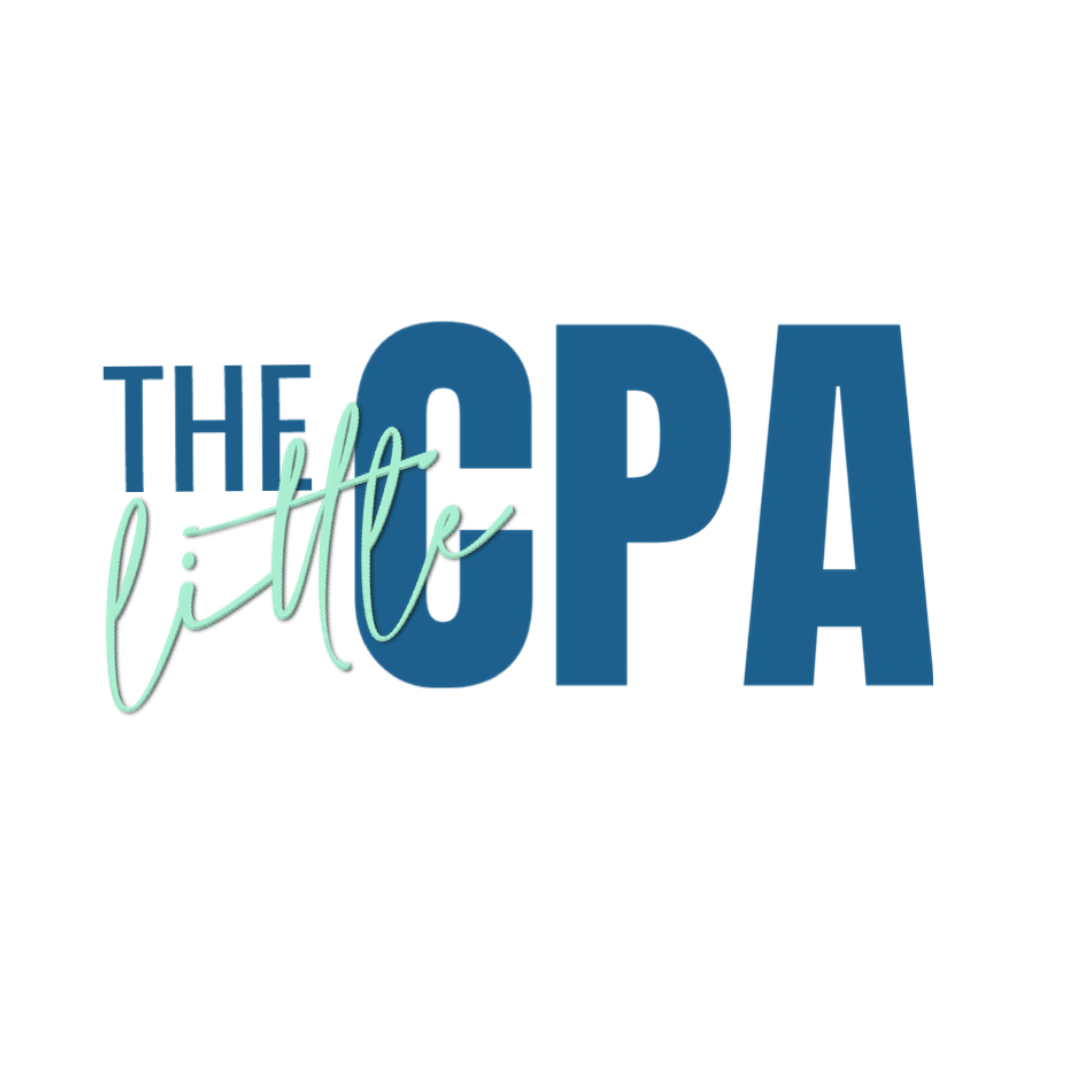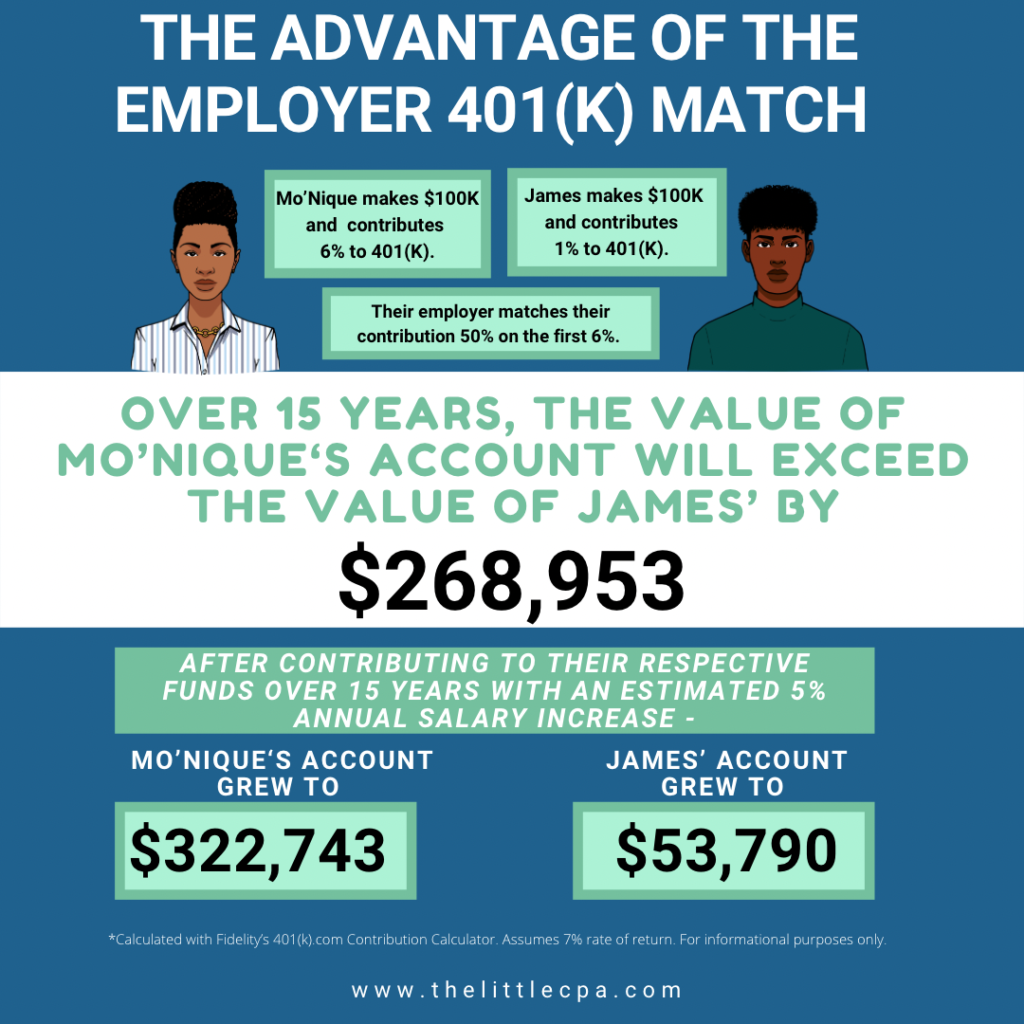
When you start working, one of the first things you’re probably told is to start saving for retirement.
But, how you save for retirement depends on a lot of factors, like your salary, when you want to retire, and how much you think you will need.
There are many different types of retirement accounts, but here are a few general rules to help you get started:
First, only begin saving in retirement accounts once you have a plan in place for near-term goals. This means keeping enough funds in non-retirement (i.e., cash and brokerage) to help with anything coming soon.
In most cases, if you withdraw your savings from a retirement plan before age 59.5, you might face taxes and penalties.
However, if you’re ready to take your savings plan to the next level, saving for retirement can be one of the most powerful (and empowering) things you can do for yourself.
There are many options available. For today, we’ll focus on the very popular Roth IRA.
____
In this article:
- What are the benefits and rules of a Roth IRA?
- When should someone start investing with a Roth IRA?
- I have a 401(k) through my employer, should I save into a Roth IRA instead?
- The Roth feature within certain 401(k) plans:
- Pre-tax versus Roth: How to make the best tax decision:
- What type of assets can be held in a Roth IRA?
____
What are the benefits and rules of a Roth IRA?
A Roth IRA is one of the most powerful investment accounts an investor can own.
If done properly, all growth from your investments can be withdrawn completely tax-free in retirement.
There is no tax deduction upfront for saving into these accounts. The main benefit is the future tax-free growth.
To get the most benefit from the growth in your Roth IRA, you must meet 2 qualifications:
- your Roth IRA must be open for 5 years, and
- you must withdraw after age 59.5.
If you don’t reach those two, the growth portion of your withdrawal is subject to tax and 10% penalty.
There is an important exception to this tax and penalty: you are allowed to withdraw your contributions at any time, even if you withdraw before retirement years.
Since a Roth IRA’s tax-free benefit is so powerful, the IRS limits who can save into them and how much.
There are income limitations, and the annual amount you may be able to save is $7,000 for 2024 (or $8,000 if you’re over age 50).
When should someone start investing with a Roth IRA?
At the highest level, you should save into Roth IRA if you’re ready to save more for your retirement goals.
Remember, the key benefit is that you can earn tax-free growth if you meet the requirements.
If you need cash in the next few years (or well-before age 59.5), there are likely better accounts to help you with those goals, instead of a Roth IRA.
 As mentioned, you are allowed to withdraw your contributions portion (not the growth) before retirement years, without penalty. For that reason, many people use Roth IRAs for both short-term and long-term goals. The contributions can serve as an added emergency fund.
As mentioned, you are allowed to withdraw your contributions portion (not the growth) before retirement years, without penalty. For that reason, many people use Roth IRAs for both short-term and long-term goals. The contributions can serve as an added emergency fund.
In my experience, however, I generally suggest that you use a Roth IRA for pure, long-term savings. I find that it is much simpler to coordinate your overall finances when each account has a specific role in your plan.
But personal finances are… personal.
Each person should choose what feels best to them.
I have a 401(k) through my employer, should I save into a Roth IRA instead?
If you are ready to begin saving for the long-term, usually the best place start is in your company’s 401(k) plan (if available). These accounts share the same tax-incentives that IRAs do.
I like 401(k)’s because the set-up is easier for new investors.
Even better, your company might incentivize you by offering an “employer match.”
This means that if you save into your account, they’ll follow your lead and deposit money in your account. This is as close to “free money” that you can get. If you have an employer match, saving here is your top priority.
Once you’ve taken advantage of the employer match, you can then decide where else you want to save.
This is where it pays to know how all your accounts work.
The Roth feature within certain 401(k) plans:
In most 401(k)’s, the default savings option is Pre-Tax (“traditional”) deductions. Meaning if you save, you get a tax deduction today, but you will pay taxes on future withdrawals.
Many 401(k) plans also offer a “Roth feature” (i.e., a Roth 401(k)), which provides the same tax-free advantages that a Roth IRA offers.
 In that case, you won’t need to open a separate Roth IRA until you’ve taken full advantage of your current 401(k) limits. The mechanics are much easier and the annual limit into a 401(k) is higher ($23,000 versus $7,000).
In that case, you won’t need to open a separate Roth IRA until you’ve taken full advantage of your current 401(k) limits. The mechanics are much easier and the annual limit into a 401(k) is higher ($23,000 versus $7,000).
Once that is taken advantage of, you can start to look at a Roth IRA to supplement the savings.
{The Little CPA: Keep in mind that, unlike the Roth IRA, a Roth 401(k) has a required minimum distribution at age 72. So, if you live beyond age 72, you will not be able to pass your entire retirement savings to a beneficiary via your Roth 401(k).}
Pre-tax versus Roth: How to make the best tax decision:
The right answer is different for each person’s situation. But here is some general framework to help you decide:
For those who are in their highest-earning years of their lifetime. They will typically want to use all pre-tax savings options available to them. This is typically pre-tax 401(k) and/or HSA (health savings account) contributions.
For those who are just getting started in their careers or expect to have much higher earnings in the future, they will want to use all Roth options available.
For everyone, I suggest not getting too hung up on the Pre-tax versus Roth tax decision. It’s more important to put money into long-term accounts and let the money work. You can sort out the finer details over time.
What type of assets can be held in a Roth IRA?
You can invest in any publicly traded stocks or bonds in your Roth IRA. Publicly traded just means that they’re available for you to buy or sell (i.e., trade) whenever you want.
You can also purchase stocks and bonds in the form of funds, like Mutual Funds or ETFs (exchange-traded funds). Investing in funds is a simple way to diversify your holdings and not need to worry about placing bets on specific companies.
{The Little CPA: You can also purchase real estate and other non-traditional assets within a self-directed Roth IRA. Although the “tax-free” earnings from these sources of income seem appealing, keep in mind these types of Roth IRA holdings are subject to strict rules and tax compliance. Speak with a tax, financial or legal advisor before making this investment within your Roth IRA.}
Conclusion
Roth IRA accounts offer a lot of benefits, and they’re worth looking into if you want to save for retirement.
But, Roth IRAs are not for everybody. In fact, if your income is over the IRS threshold, you might not be able to contribute to a Roth IRA unless you use the “backdoor.”
If you have any questions about Roth IRAs or would like help setting one up, please contact bryan@lodestarpam.com.

Bryan Hasling is a Certified Financial Planner (CFP) and an Enrolled Agent. He helps ambitious professionals and successful families reach financial independence.
His specialties include retirement planning with ongoing tax guidance and investment management. Most of his clients are in the SF Bay Area (where he works) and Texas (where he’s from).
This material has been prepared for informational purposes only, and is not intended to provide, and should not be relied on for, tax, legal, investment or accounting advice. You should consult your own tax, legal, investment and accounting advisers before engaging in any transaction.


